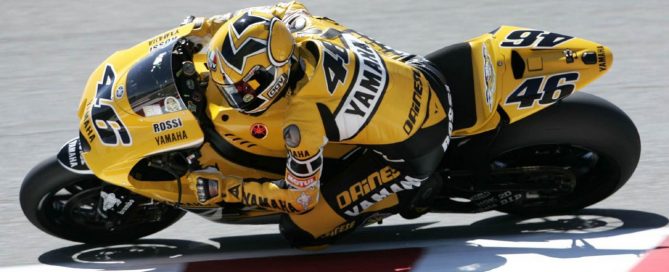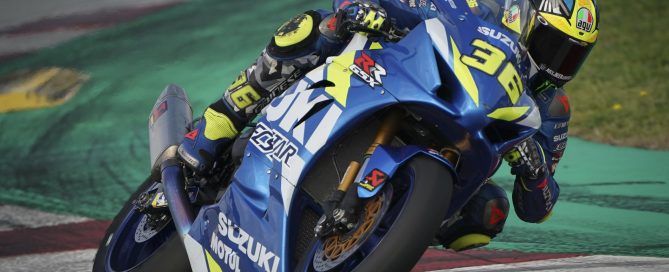Murray Walker, Lennon and Jagger
My teenage mates in the sixties thought I was sad. We would cycle down to the Russell Acott record store on Oxford High Street. After a sly fag behind the Mitre hotel, they would be listening to new 33-inch vinal albums such as Sgt Pepper’s Lonely Hearts Club Band from the Beatles or Aftermath from the Rolling Stones. I would be at the other end of the shop seeking out the Stanley Schofield long-player recordings from the TT races in the Isle of Man.
They would enthuse over the voices of John Lennon and Mick Jagger while I would be just as excited listening to the voice of Murray Walker. While Lennon and Jagger would tell us about Lucy in the Sky with Diamonds or Mothers Little Helper, I was equally spellbound listening to Murray’s dulcet tones. No drums or guitars in the background just the wail of Mike Hailwood’s Honda six as he raced between the walls and houses on Bray Hill at the start of the TT mountain circuit.
Murray’s voice was my link to a world I could only dream about. The World of Grand Prix motorcycle racing and the TT races. Whether it be from those iconic broadcasts on BBC radio’s Light Programme from the Isle of Man or those well-worn Stanley Scofield records. Murray was the joint commentator with his father Graham who was a TT and Ulster Grand Prix winner. The voice that became legendary throughout the world boomed out from our imposing radio in the dining room, filling the house with the exploits of Duke, Surtees and Hailwood.
Once we managed to ‘borrow’ the speakers from my friend’s parents record player and hide them in the hedge next to the bus stop. People waiting to catch the number 67 to work in Oxford were confused. Murray in full cry and volume describing the start of a TT race on the Glencrutchery road was not what they were expecting at 8.30 in the morning.
My favourite record was that memorable 1967 TT battle between Hailwood and Giacomo Agostini. I can still close my eyes and hear Murray describing Hailwood racing into the pits on the 500 cc Honda four and screaming for a hammer to bash the loose throttle back on the handlebars. Hailwood re-joined the race and won.
When I crossed the road for six years to work in Formula One, Murray was a legend. He was the voice of Formula One known throughout the world. He helped me so much in my new adventure. There was nothing we enjoyed more over a coffee in the F1 paddock than discussing and reminiscing about Grand Prix motorcycle racing and his beloved TT.
His Formula One commentaries are stuff of legends. His sheer enthusiasm and passion for the sport he loved so much came in a loud cacophony of sound, joy and sometimes wonderful gaffs.
God bless you Murray – you were voice for all of us to try and follow. None of us have ever got close.



